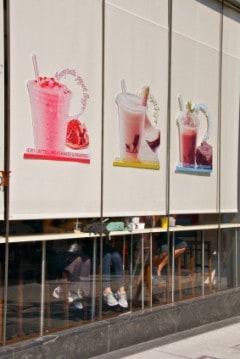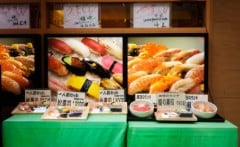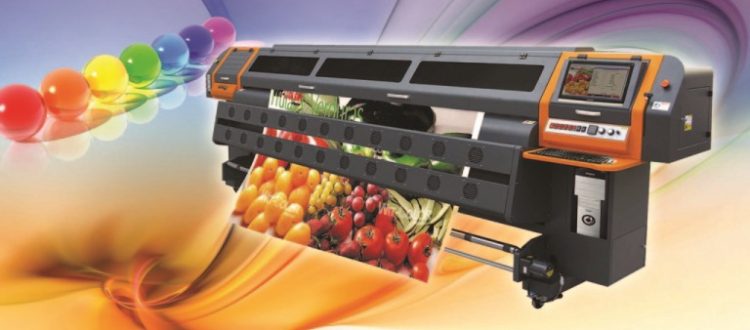Well, I thought I would be done with this series last time on custom signs and printing, and I did actually get into the late 20th century, but I didn’t really get to where the two crossed paths. So this time, I am going to attempt to explain how they got mixed up together into one big happy family!
In recapping the previous four articles about this topic, I’ve written voluminous verbiage about where customized signage came from, East and West, and how wood items have been replaced by electrical and neon in the past 100 year. The creation changed dramatically in the 20th century, but has changed the most dramatically in the first part of the 21st century.
What is the State of Custom Signs and Printing Are Now in the 21st Century
In this final article on this history series, I’ll show how the two came to be combined in such a way as to make the two categories one. Flexography, offset, and lithography presses have all been magically combined into a new category (although the old categories have not completely disappeared) called digital printing.
Digital Press
 Digital printing has been predicted to replace most, if not all, other forms of print processing in the 21st century. Whether this will be the case or not, it has already superseded other forms of methods, and as it’s speed increases it is likely to be able to produce larger and larger graphic runs at high speed and low setup costs which will begin to displace the previously discussed types.
Digital printing has been predicted to replace most, if not all, other forms of print processing in the 21st century. Whether this will be the case or not, it has already superseded other forms of methods, and as it’s speed increases it is likely to be able to produce larger and larger graphic runs at high speed and low setup costs which will begin to displace the previously discussed types.
This method doesn’t use plates as lithography, offset, and flexography do, so it is easier to set up custom signs printing, and less expensive. The printers are typically known as inkjet or laser if they sit on your desk, but digital machines in the signage trade. They can embed graphics on paper, fabric, glass, metal, vinyl, and other substrates on roll or flatbed printers.
During the process, the ink is deposited on the surface of the substrate rather than on a printing plate. It dries either thermally or with a UV curing process. With the advent of large format digital press over the past 20 years, the movement away from painted displays and even cut vinyl has moved from a trickle to an avalanche. Items that have traditionally been produced with paint, such as internally illuminated polycarbonate displays, are now printed either directly to the polycarbonate or onto translucent decal material and laminated to the polycarbonate. The result is the ability to produce photographic quality at very affordable pricing.
Full Color Digital Print – Can You Afford One?
 Smaller companies can now have full color posters or window visual graphics made in short runs without having to absorb the costs of expensive plates, formerly considered the domain of the major corporations. Full color digitally printed banners used to have to be screen-printed by the hundreds or thousands to absorb set-up costs, now can virtually be printed singly and at a reasonable cost.
Smaller companies can now have full color posters or window visual graphics made in short runs without having to absorb the costs of expensive plates, formerly considered the domain of the major corporations. Full color digitally printed banners used to have to be screen-printed by the hundreds or thousands to absorb set-up costs, now can virtually be printed singly and at a reasonable cost.
There are still many types that are not produced digitally, but as time passes, it is possible that the said technology will supplant screen, lithographic, offset, and flexographic printing. Sandblasted and carved signage are probably safe at this point from the onslaught, but due to their cost, it’s likely that only a small percentage of all displays will be the old styles, and even these personalized ones will often contain a digital element added to them.
If you missed the FIRST PART of this article series on the history of custom signs and printing, find it here.
Popular Posts:




